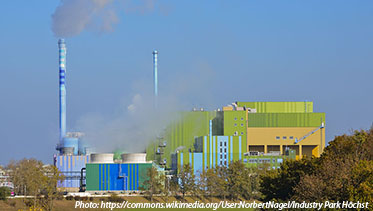
A new facility in the Anatolian province of Konya generates electricity from municipal waste and is run by the municipal authority, Tahir Akyürek, the mayor of Konya city, told the press, Daily Sabah and Anadolu Agency reported. The power is produced by burning methane gas from the solid waste landfill, and 2,850 cubic meters of waste are burnt every hour for electricity. The plant’s four units have the capacity to meet the demand of 26,000 households.
The power plant has the capacity of 5.6 MW. Last year the plant produced 43 GWh. Generated heat is used in a greenhouse via heat exchangers, the article said. The city government said it will further develop methods for environmental protection.








